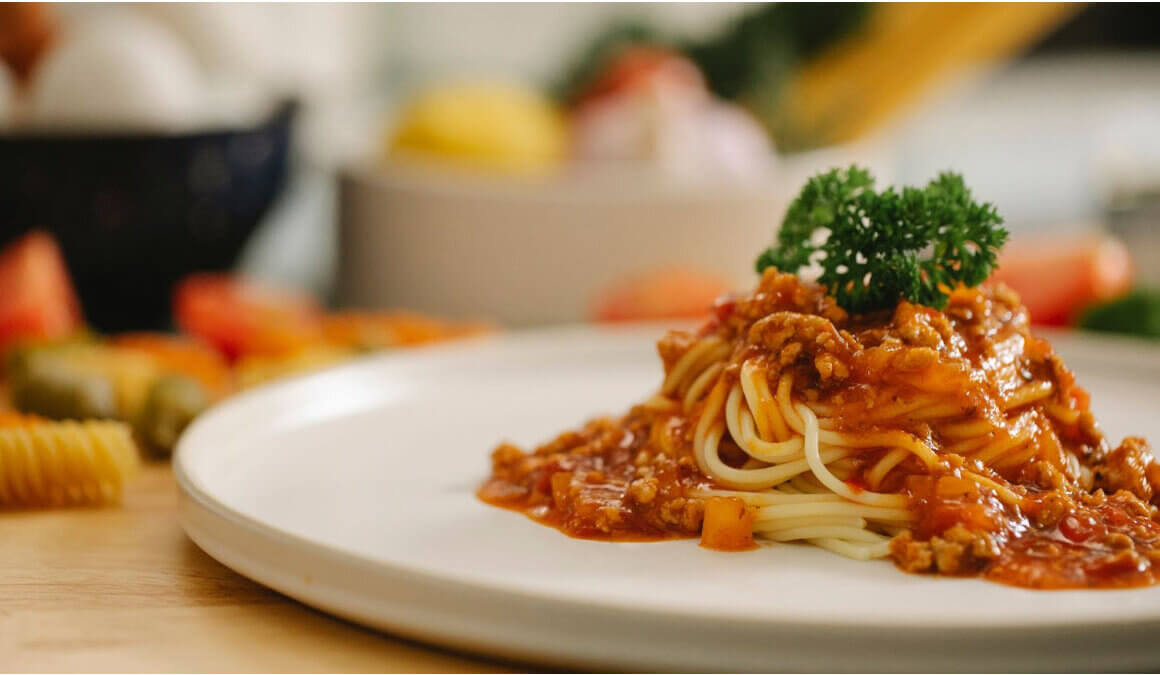Tasting Menu: Crafting the Perfect Italian Dining Experience
If you’ve ever experienced a true Italian meal, you know it’s more than just food—it’s a celebration of culture, passion, and craftsmanship. And when it comes to capturing the essence of Italy in every bite, nothing compares to the elegance of a tasting menu experience.
So, what goes into crafting the best-tasting menus, especially Italian-style? Let us give you first-hand insight into the art of the Italian tasting menu and explore how it creates a dining experience that guests will savor for a lifetime.
What Makes a Tasting Menu Special?

A tasting menu, also known as “menu degustazione,” offers diners the chance to sample several smaller dishes across multiple courses. The beauty lies in how the flavors unfold throughout the meal—each course builds on the one before it, offering a carefully curated progression.
In contrast to ordering à la carte, where each dish is selected individually, a multi-course tasting menu allows the chef to tell a story through food. At high-end restaurants, chefs often design our Italian tasting menu to highlight regional flavors, seasonal ingredients, and traditional cooking techniques, giving guests a complete Italian food experience in every course.
The Key Elements of a Perfect Italian Tasting Menu
A great Italian restaurant tasting menu doesn’t just happen by accident. It requires a careful balance of flavors, textures, and pacing. Here are the essential components to keep in mind when crafting a tasting menu Italian-style:
Seasonal and Fresh Ingredients
Italian cuisine is deeply rooted in simplicity and freshness. Each dish in the tasting menu should reflect the best seasonal produce available, like summer tomatoes, autumn truffles, or winter citrus.Progression of Flavors
A well-structured tasting menu starts with lighter, more delicate flavors and gradually moves toward richer, more complex ones. For example, beginning with a refreshing seafood crudo and ending with a decadent tiramisu.Regional Diversity
A great Italian-tasting menu is like a trip across Italy, featuring different regions’ specialties. Imagine starting with Venetian Cicchetti, followed by Tuscan ribollita, and concluding with Sicilian cannoli.Texture Variation
It’s important to include a variety of textures throughout the meal—creamy risotto, crisp crostini, tender braised meats—to keep the palate engaged and excited.Wine Pairings
Wine is essential to the Italian dining experience. We at BLU Ristorante always offer wine pairings that complement each course, from a crisp prosecco to start – to a robust Barolo alongside hearty dishes.
A Multi-Course Tasting Menu: Italian Style
So, what exactly does a multi-course tasting menu look like in an Italian setting? Here’s a sample structure:
- Amuse-Bouche: A tiny bite to awaken the palate—perhaps a spoonful of burrata with olive oil and sea salt.
- Antipasti: A small starter, such as a plate of prosciutto with melon or bruschetta topped with fresh tomatoes and basil.
- Primi: The first course, often a pasta dish like pappardelle with wild mushrooms or risotto Milanese.
- Secondi: A main dish, usually featuring meat or fish. Think slow-braised lamb or grilled branzino.
- Contorni: A side dish to accompany the main, such as sautéed spinach or roasted potatoes.
- Dolci: Dessert, like panna cotta with berries or a classic tiramisu.
- Digestivo: To finish the meal, a small glass of limoncello or espresso.
Each course in this Italian tasting menu plays a role in creating a complete and satisfying dining experience. It’s not just about filling the stomach; it’s about savoring every moment.
The Purpose of a Tasting Menu Experience
The purpose of a tasting menu is simple: to take diners on a culinary journey. It allows chefs to showcase their creativity and provide guests with an immersive Italian food experience that goes beyond individual dishes. With each course, diners get a glimpse of the chef’s philosophy, techniques, and the essence of Italian culture.
Additionally, tasting menus encourage diners to try new things. You might discover an unexpected love for saffron risotto or fig gelato, all because the tasting menu introduced you to these flavors in the perfect context.
A Culinary Journey to Remember
At BLU Ristorante, we believe that the best way to experience authentic Italian cuisine is through our tasting menu Italian-style. Each dish on our multi-course menu reflects the heart and soul of Italy, bringing together regional flavors, seasonal ingredients, and perfectly paired wines. Whether you’re celebrating a special occasion or simply seeking an exceptional Italian dining experience, our tasting menu offers a feast for both the senses and the soul.
Ready to embark on a culinary journey through Italy? Reserve your spot at Blu Ristorante today and let us take you on an unforgettable Italian food experience.
Buon appetito!
FAQs
1. Why is it called a tasting menu?
It’s called a tasting menu because it offers small portions of multiple dishes, allowing diners to “taste” a variety of flavors throughout the meal.
2. Is a tasting menu the same as à la -0carte?
No, a tasting menu is a pre-set selection of courses chosen by the chef, while à la carte allows diners to individually select dishes from the menu.
3. What makes a good Italian tasting menu?
A good Italian tasting menu balances seasonal ingredients, regional diversity, texture variations, and thoughtful progression, paired perfectly with complementary wines.
4. What is an Italian tasting menu vs. a normal menu?
An Italian tasting menu offers a curated multi-course experience, showcasing a range of flavors and dishes, while a normal menu provides individual items to choose from.
5. What are the key elements of a perfect Italian tasting menu?
Key elements include seasonal ingredients, flavor progression, texture variation, regional influences, wine pairings, and thoughtful pacing to enhance the dining experience.
6. What is the purpose of a tasting menu?
The purpose is to provide diners with a curated culinary journey, highlighting the chef’s creativity and expertise, while encouraging guests to try new flavors and combinations.
